3D foot scanning devices are advanced digital measurement tools based on three-dimensional scanning technology. They can accurately capture detailed data on foot morphology and structure. While their applications are widely recognized in shoe design and customization, they also demonstrate significant potential in the field of medical rehabilitation. By providing precise, data-driven foot analysis for patients, 3D foot scanning devices play a vital role in disease diagnosis, therapeutic interventions, postoperative rehabilitation, and more. Below is an exploration of their applications and significance in medical rehabilitation from multiple perspectives.
1. Supporting Diagnosis of Foot Disorders
The diagnosis of foot disorders often requires a detailed understanding of foot morphology, structure, and function-related data. 3D foot scanning devices generate high-precision 3D models of the foot, including critical parameters such as arch height, toe alignment, and inter-toe spacing, providing objective references for diagnosis.
For instance, conditions such as flat feet, high arches, and foot varus or valgus are traditionally assessed through visual observation and manual examination, which are prone to subjective and experiential biases. In contrast, 3D foot scanners provide quantifiable data that help physicians more accurately evaluate these conditions. Additionally, the devices can assess the symmetry and distribution of foot muscles and soft tissues, identifying potential abnormalities or injury risks.
2. Enhancing Customization of Orthotic Devices
Orthotic devices, such as insoles and foot braces, play a critical role in the treatment and rehabilitation of foot disorders. Their effectiveness heavily depends on how well they fit the patient’s feet. 3D foot scanning devices provide precise data by creating 3D models of the patient’s feet, supporting the design and production of orthotic devices.
Traditional orthotic device production relies on plaster casts or manual measurements, which may result in errors affecting fit. The non-contact scanning approach of 3D devices not only improves measurement accuracy but also significantly shortens the time needed for data collection and model production. This digital workflow ensures orthotic devices better meet individual patient needs, improving both comfort and therapeutic outcomes.
3. Optimizing Postoperative Rehabilitation Assessment and Treatment Plans
Postoperative rehabilitation is a critical phase for many foot-related surgeries, such as metatarsal fracture repair or Achilles tendon reconstruction. 3D foot scanning devices enable real-time monitoring of postoperative changes in foot morphology, providing a basis for adjustments in rehabilitation therapy.
By conducting regular scans, physicians can track the healing progress of foot bones and soft tissues, comparing the data with preoperative and early postoperative baselines. This helps evaluate surgical outcomes and promptly identify potential issues during recovery, such as uneven pressure distribution or abnormal foot morphology. Based on these insights, rehabilitation training plans can be dynamically adjusted to maximize recovery efficiency.
4. Improving Prevention and Recovery of Sports Injuries
In rehabilitation medicine, the prevention and recovery of sports injuries represent another important application of 3D foot scanning devices. Many sports injuries are associated with the biomechanical characteristics of the foot. For example, uneven pressure distribution during running may lead to plantar fasciitis or stress fractures. By utilizing 3D scanners for precise measurement, practitioners can comprehensively analyze foot morphology and identify structural issues that may predispose individuals to injuries.
For patients already experiencing sports injuries, these devices assist in creating personalized recovery plans. By correcting abnormal foot structures or optimizing gait, they reduce stress on the injured area, accelerating recovery. Furthermore, periodic post-recovery scans ensure the restoration of normal foot function and help prevent reinjury.
5. Supporting Long-Term Foot Health Management
The role of 3D foot scanning devices in medical rehabilitation extends beyond short-term interventions to active participation in long-term health management. For patients with chronic conditions, such as diabetic foot, regular monitoring with these devices can detect subtle changes in foot structure, identifying high-risk areas and enabling targeted interventions to reduce complications like ulcers.
For older adults and high-risk groups (e.g., osteoporosis patients), 3D foot scanning devices provide scientific evidence for early prevention of skeletal degeneration or fall risks by monitoring changes in foot morphology and load distribution. This long-term management approach contributes to improved quality of life and reduced healthcare costs.
6. Driving the Digital Transformation of Rehabilitation Medicine
With the continuous advancement of medical technology, rehabilitation medicine is moving toward personalization and data-driven approaches. The application of 3D foot scanning devices enhances the precision and efficiency of diagnosis and treatment while promoting the digital transformation of rehabilitation medicine. For example, scan data can be integrated with artificial intelligence and big data analysis to provide smarter treatment plans. Additionally, the data can be utilized in research on foot biomechanics, laying a foundation for future technological innovation.
The application of 3D foot scanning devices in medical rehabilitation not only enhances the accuracy of diagnosing foot disorders but also facilitates personalized rehabilitation treatments and long-term health management. By combining digitalization, precision, and intelligence, this technology provides patients with higher-quality medical services. In the future, as the technology continues to develop and become more accessible, 3D foot scanning devices will play an even broader and deeper role in medical rehabilitation, bringing greater benefits to patients and advancing rehabilitation medicine to new heights.

 +86-0755-86131192
+86-0755-86131192 2025-01-17
2025-01-17 Back to list
Back to list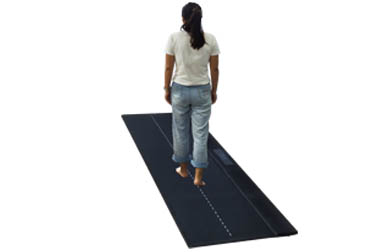
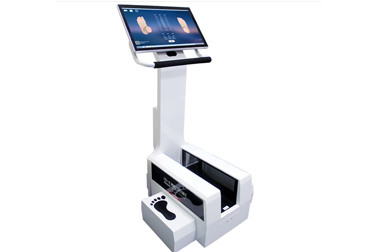
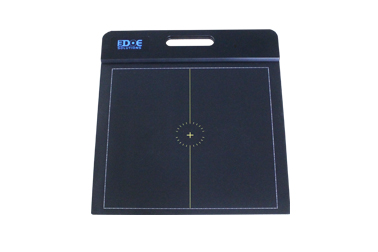
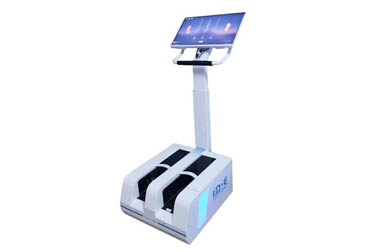
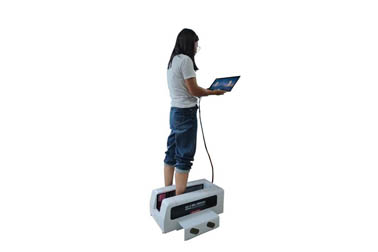



 +86-0755-86131192
+86-0755-86131192